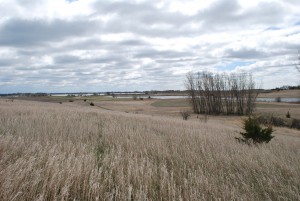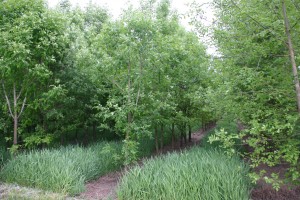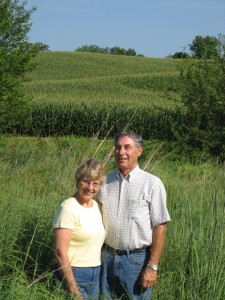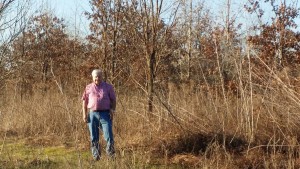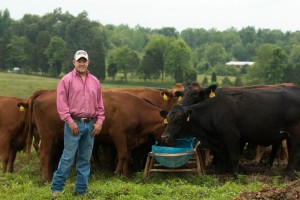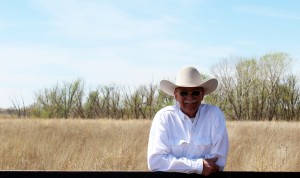
Dan O’Hair, a fifth generation farmer and rancher in Oklahoma followed in his father’s footsteps by preserving the land using conservation programs.
Dan O’Hair is a fifth generation farmer/rancher who lives on a Centennial Farm in the far southeast corner of “No Man’s Land” in Oklahoma. In 1901, his great grandfather and grandfather each staked claim to 160 acres through the Homestead Act. His parents remained on the farm throughout the 1930s depression and Dust Bowl Era. The endurance and persistence of his father led to a significant increase of farm acreage.
“Although the Dust Bowl was tough, there was rainfall and crops were raised on their farm,” said O’Hair. Continue reading

